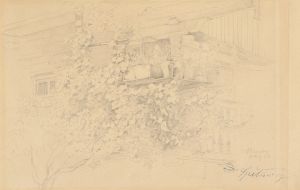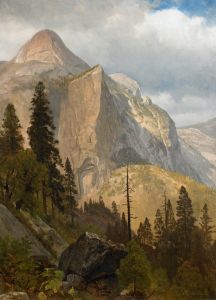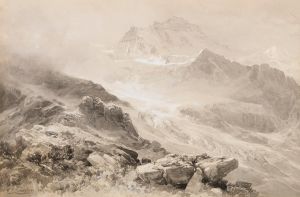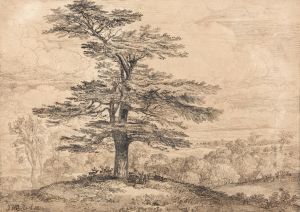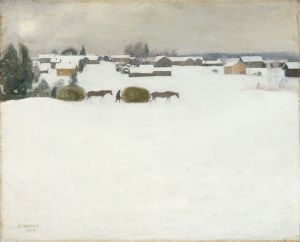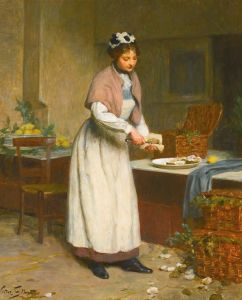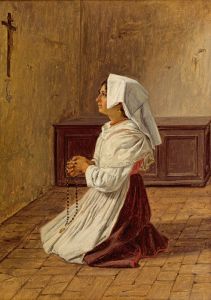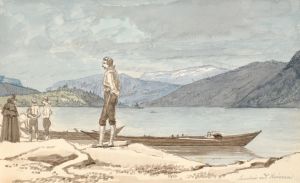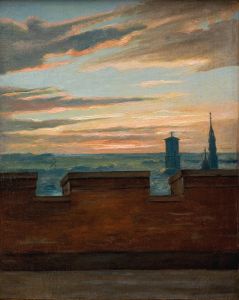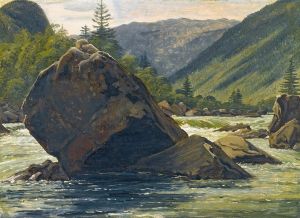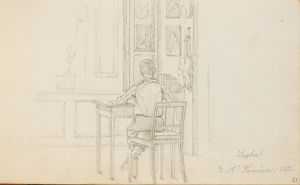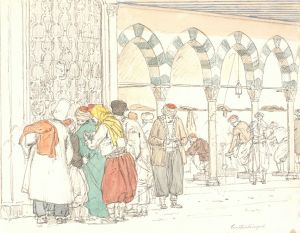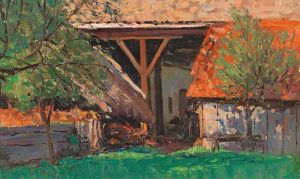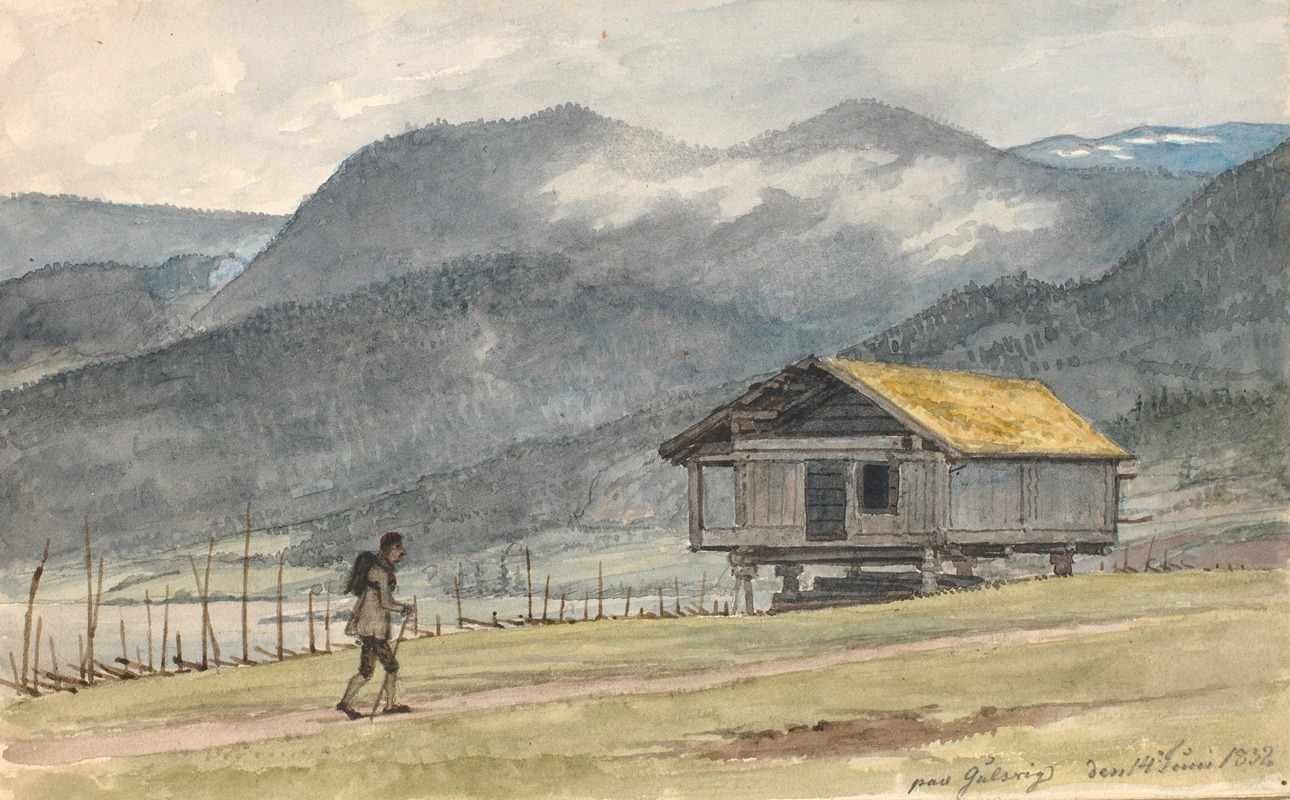
Fjeldlandskab med hytte og vandrer
A hand-painted replica of Martinus Rørbye’s masterpiece Fjeldlandskab med hytte og vandrer, meticulously crafted by professional artists to capture the true essence of the original. Each piece is created with museum-quality canvas and rare mineral pigments, carefully painted by experienced artists with delicate brushstrokes and rich, layered colors to perfectly recreate the texture of the original artwork. Unlike machine-printed reproductions, this hand-painted version brings the painting to life, infused with the artist’s emotions and skill in every stroke. Whether for personal collection or home decoration, it instantly elevates the artistic atmosphere of any space.
Martinus Rørbye was a prominent Danish painter of the 19th century, known for his contributions to the Danish Golden Age of painting. One of his notable works is "Fjeldlandskab med hytte og vandrer," which translates to "Mountain Landscape with Cabin and Wanderer." This painting exemplifies Rørbye's skill in capturing the serene beauty of nature and his ability to infuse his landscapes with a sense of narrative and human presence.
"Fjeldlandskab med hytte og vandrer" is a landscape painting that depicts a tranquil mountain scene. The composition features a small cabin nestled in the rugged terrain, with a solitary figure, the wanderer, traversing the landscape. The painting is characterized by its detailed rendering of the natural environment, showcasing Rørbye's keen observation and technical proficiency. The mountains are depicted with a sense of grandeur and majesty, while the cabin and wanderer introduce an element of human scale and interaction with nature.
Rørbye's work is often celebrated for its meticulous attention to detail and the harmonious balance he achieves between the natural and human elements. In "Fjeldlandskab med hytte og vandrer," the artist employs a palette that captures the subtle variations of light and shadow, enhancing the depth and realism of the scene. The use of color and light not only highlights the physical features of the landscape but also evokes a mood of peaceful solitude and reflection.
The painting reflects the Romantic ideals of the time, where nature was often seen as a source of inspiration and spiritual renewal. Rørbye's depiction of the wanderer suggests a narrative of exploration and contemplation, themes that were prevalent in the art and literature of the 19th century. The wanderer, a common motif in Romantic art, symbolizes the individual's journey and quest for meaning within the vastness of the natural world.
Martinus Rørbye was part of a generation of Danish artists who were instrumental in defining the national identity through art. His works often include elements of Danish culture and landscapes, contributing to a sense of national pride and cultural heritage. "Fjeldlandskab med hytte og vandrer" is an example of how Rørbye's art resonates with the broader themes of the Danish Golden Age, emphasizing the beauty and significance of the natural environment.
Rørbye's influence extends beyond his own time, as his works continue to be appreciated for their artistic merit and historical significance. His ability to capture the essence of a scene with both precision and emotional depth has earned him a lasting place in the canon of Danish art. "Fjeldlandskab med hytte og vandrer" remains a testament to Rørbye's skill as a painter and his contribution to the cultural landscape of Denmark.
In summary, "Fjeldlandskab med hytte og vandrer" by Martinus Rørbye is a masterful representation of 19th-century Danish landscape painting. Through its detailed depiction of a mountain scene and the inclusion of a human figure, the painting encapsulates the Romantic spirit and the artist's dedication to portraying the natural world with both accuracy and emotional resonance.





